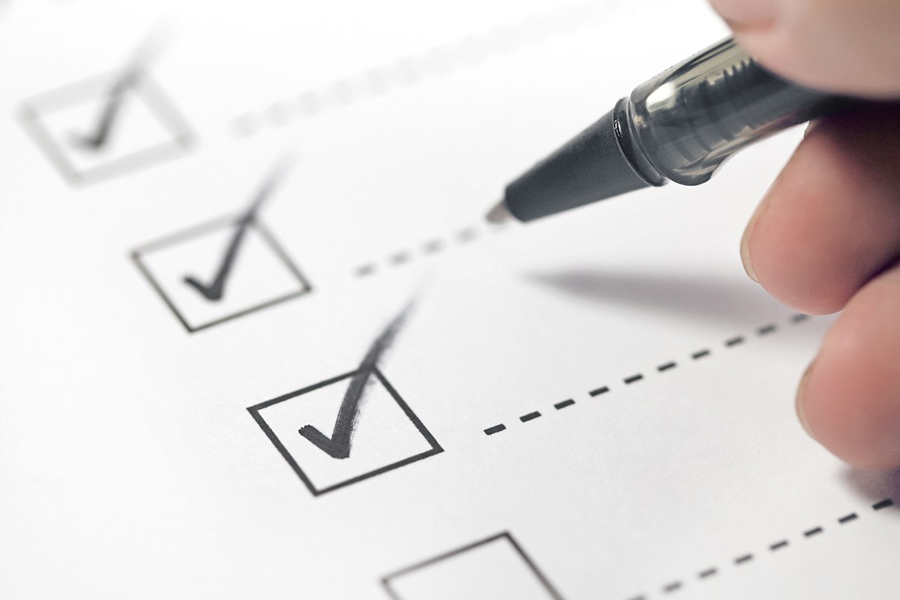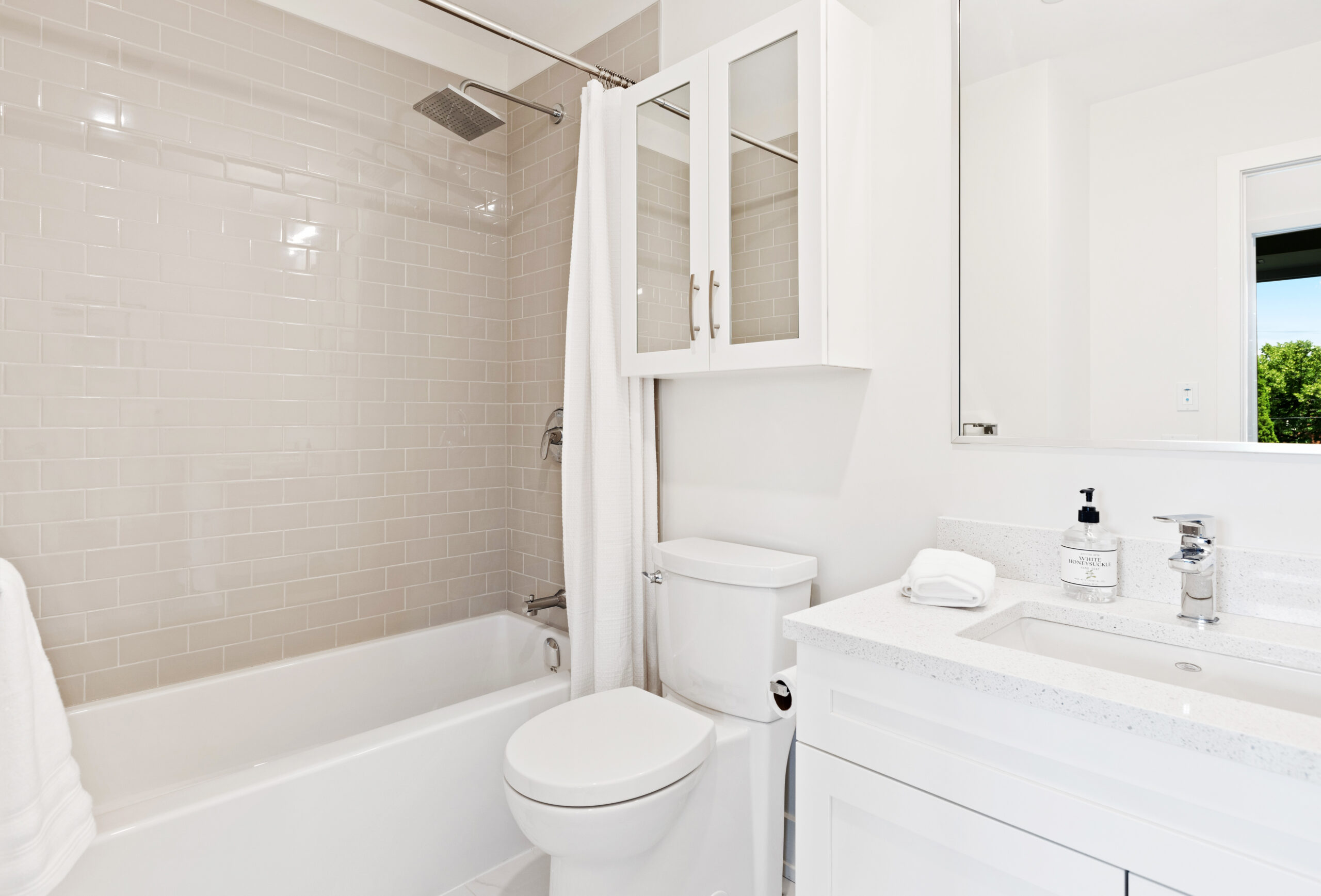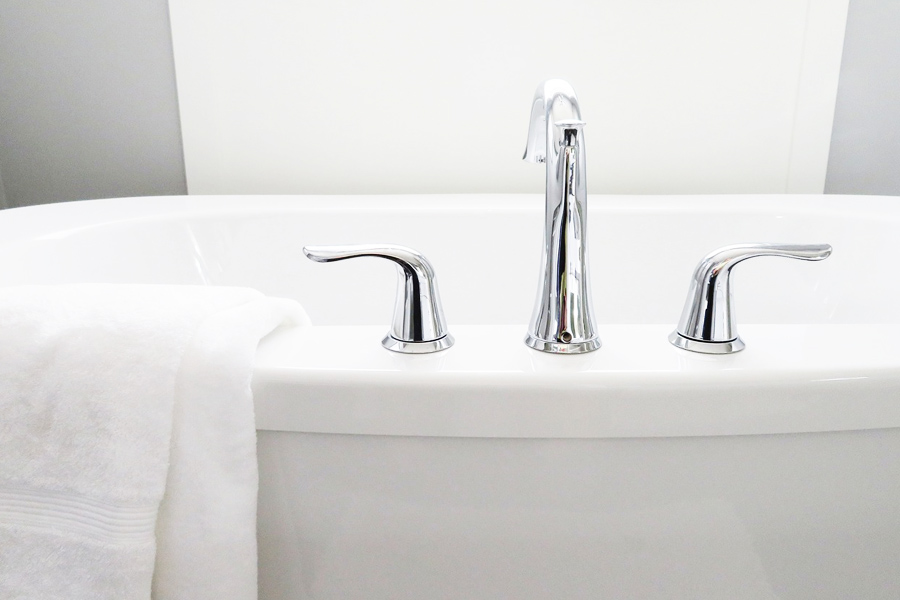Bathroom Remodel Checklist
Remodeling a bathroom is an exciting project that can enhance the functionality, style, and value of your home. To ensure a successful remodel, follow this comprehensive checklist that guides you through every step of the process.
1. Define Your Goals
Start by determining the primary goals of your bathroom remodel. Are you looking to improve the functionality of the space, update the aesthetics, or increase your home’s resale value? Clarifying your objectives will help you make informed decisions throughout the process. Decide on the extent of your remodel, whether it’s a minor refresh, a partial renovation, or a complete overhaul, to set realistic expectations for the project.
2. Set a Budget
Establishing a budget is one of the most crucial steps in the remodeling process. Consider the total amount you are willing to spend, including the cost of materials, labor, permits, and a contingency fund for unexpected expenses (typically 10-15% of the total budget). A clear budget will help you prioritize your needs and prevent overspending.
3. Plan the Layout
Evaluate your bathroom’s current layout and identify any changes needed to maximize space and functionality. Consider factors such as plumbing and electrical requirements, as moving these can significantly impact the cost and complexity of the remodel. Ensure the new design optimizes the available space and meets your needs, whether you’re creating a spa-like retreat or a family-friendly bathroom.
4. Choose Your Style and Design
Decide on a design style that reflects your personal taste and complements the rest of your home. Whether you prefer a modern, traditional, minimalist, or eclectic look, choose a color scheme, fixtures, finishes, and materials that align with your vision. Consider incorporating eco-friendly options and energy-efficient fixtures to save on utility bills and reduce your environmental footprint.
5. Hire a Professional
Research and select a qualified bathroom remodeling contractor to bring your vision to life. Obtain multiple quotes, check references, and read reviews to find a contractor with a proven track record. Review contracts carefully, ensuring all details are covered, including project timelines, materials, and costs, before signing any agreements.
6. Select Materials and Fixtures
Choose the materials for your flooring, walls, and countertops, considering durability, maintenance, and aesthetic appeal. Pick out fixtures such as sinks, faucets, toilets, bathtubs, and showers that match your style and meet your needs. Additionally, plan for adequate storage solutions, such as cabinets, shelves, and vanities, to keep the space organized and clutter-free.
7. Prepare for Construction
Before construction begins, clear out the bathroom and remove all personal items. Make arrangements for an alternative bathroom, especially if this is the only bathroom in your home. Obtain the necessary permits from local authorities, ensuring that all planned work complies with building codes and regulations.
8. Demolition
During this phase, safely remove old fixtures, tiles, and cabinetry. Properly dispose of all debris according to local regulations to maintain a clean and safe work environment. Consider salvaging or donating any reusable materials.
9. Plumbing and Electrical Work
Update or relocate plumbing and electrical systems as needed to accommodate your new layout and fixtures. This step may involve installing new pipes, moving drains, adding outlets, or installing new lighting. Ensure all work is performed by licensed professionals and complies with local building codes to avoid issues during inspections.
10. Install Flooring and Walls
Once the plumbing and electrical work is complete, install your chosen flooring materials, whether it’s tile, vinyl, or another option. Ensure the flooring is properly sealed to prevent water damage. Apply your selected wall treatments, such as paint, tile, or wallpaper, to give the room a fresh look.
11. Install Fixtures and Cabinets
With the flooring and walls in place, it’s time to install new fixtures, including sinks, vanities, bathtubs, showers, and toilets. Install cabinets, mirrors, and other storage solutions to enhance functionality and style. Ensure all fixtures are securely installed and functioning properly.
12. Finishing Touches
Add the final touches that bring your bathroom to life, such as installing hardware like towel bars, hooks, and drawer pulls. Decorate with items like rugs, artwork, and plants to create a welcoming and personalized space. Ensure proper ventilation, whether through exhaust fans or windows, to maintain air quality and prevent moisture buildup.
13. Final Inspection and Clean-Up
Conduct a thorough inspection of the remodeled bathroom to ensure all work has been completed to your satisfaction. Address any final touch-ups or corrections with your contractor. Clean the space thoroughly, removing any remaining debris, dust, or construction materials.
14. Enjoy Your New Bathroom
Arrange your bathroom essentials in their new home, taking advantage of the new layout and storage solutions. Finally, enjoy your newly remodeled bathroom, appreciating the improvements in comfort, style, and functionality that it brings to your home.
This comprehensive checklist will guide you through each stage of the remodeling process, helping you achieve a beautiful and functional bathroom that meets your needs and enhances your home’s value.





